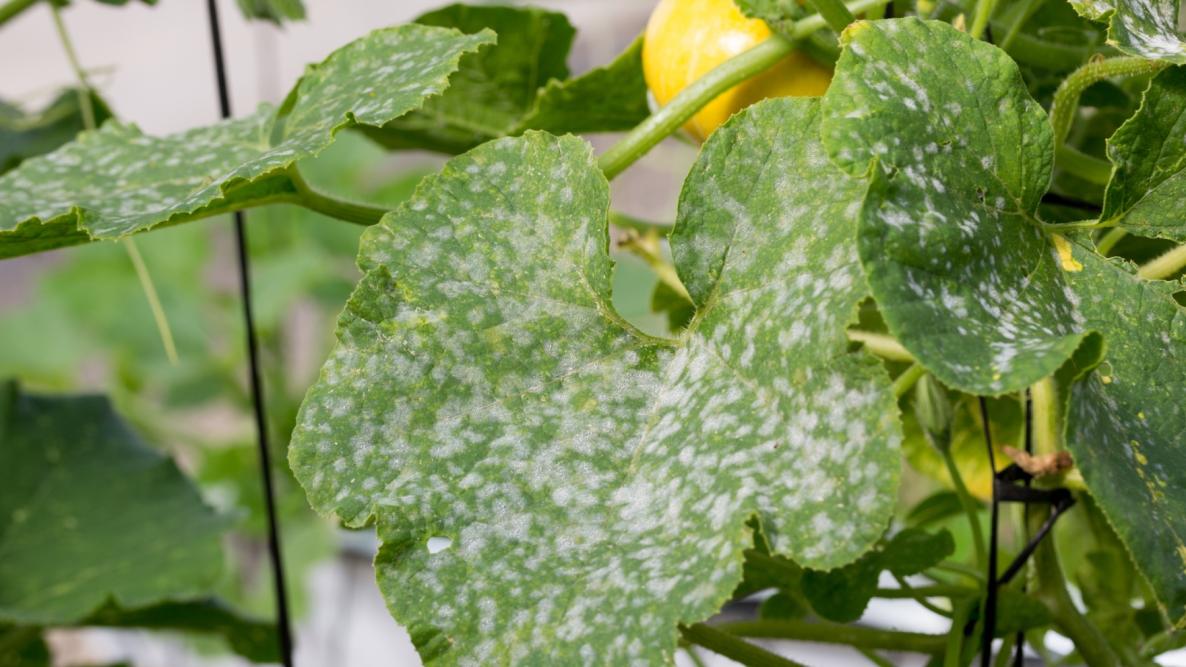Powdery Mildew! This group of fungus species has been causing a rash of issues in our gardens this spring. It is everywhere and I have seen many examples of it this season on everything from apples to ninebark. Mildew is often identified by the powdery coating of the leaves, but it also causes new growth and flowers to be distorted and dry looking. Later in the season it can even affect fruit.
Fungus diseases primarily infect the water conducting tissue of the plant, causing the tips to shrivel with damage appearing from the top of the plant down. Mildew germinates in the spring and summer and then throughout the growing season. It is a parasitic plant after all! It is just part of our overall ecosystem so, keeping your plants healthy and vigorous is the best management practice.


Mildew thrives in humid conditions and stagnate air flow, so even in full sun, if light is not penetrating and air is not circulating throughout the plant, you can have problems. Keeping your plants properly pruned with good definition between plantings is important. In the fall, the fungus spores overwinter on dropped leaves and plant debris. Making sure to clean up the garden and get rid of material especially around infecting planting is basic management.
Maintaining adequate water and food for the plants in your garden is another management tool to prevent or treat mildew. Fungus targets stressed plants, so making sure there is adequate water…not too much…is very important. Food for your plants is also essential. An actively growing, vigorous plant will outgrow and out compete a potential fungus infection.
A balanced fertilizer with a good supply of soluble nitrogen is pretty important in helping your plant deal with mildew. There are some spray applications of organic products that are also helpful tools, but your best action for that information is to head over here to Cloud Mountain Farm Center to look for a product that will work for you.

